The Best Lens For Whatever You Want To Photograph
As a professional photographer, being asked “what’s the best lens for ____” is par for the course. Of course there is rarely, if ever, one best lens, or one easy answer. At least until it is better understood what the photographer making the inquiry is going to be photographing. And, as always, with just about everything related to photography, there isn’t going to be just one answer. One photographer may love only prime lenses (fixed focal length) while the next may well be enamored with zoom lenses. And, while there are general rules, in photography as much or more than most anything else, those rules can be broken! At any rate, let’s run through a few different scenarios. All of the replies assume the use of a DSLR camera with a full-frame sensor. Not sure what this means to you? Learn more about full-frame and crop-frame sensors in our Photography 101 for New DSLR Owners post. Suffice it to say that it’s really important, if you have a crop-sensor camera, to adjust what’s written below accordingly.
I LOVE LANDSCAPES!
Then, a wide angle may be the best lens for you. My personal preference is at least a 24mm focal length, though there can be lots of interest and drama using an even wider width, such as a 16mm.
I LOVE PORTRAITS!
Portrait lenses start at 85mm, and both Nikon and Canon have amazingly silky smooth and smart examples. Shooting wide open, or toward wide open (f1.4 [Nikon, Sony], f/1.2 [Canon]), leaves buttery soft areas out of the depth-of-filed, to draw instant attention to your subject. A word or warning, the aforementioned depth-of-field is really shallow at those wide open apertures, so focus intently in the closest eye. When this isn’t the look you’re seeking, stop down the lens a bit.
For others, a 135mm focal length may be the best lens for portraits, and there is a lot of versatility to be gained by using a zoom lens such as a 70-200 f/2.8. Nikon owners love theirs and the newer Canon Mark II version of this lens is incredibly sharp and versatile.
I LOVE FLOWERS!
By all means, the best lens for you will be a macro lens in the 100mm range, with a maximum aperture typically f/2.8. The good part here is that the lens can also be used as a medium-strength telephoto and at 100mm it would serve well for portraits, too.
I LOVE NATURE/WILDLIFE!
The general category of nature can include and crossover with landscape, where we’ve already indicated a preference, and need for wide lenses. But, for our bird and animal friends, you’re going to want a (very) long telephoto lens, at a minimum a 200mm, but, for nature, this is really not “powerful” enough…getting close to animals and birds in your camera frame will require at least a 300mm lens, maybe more. Be aware, though, that the more affordable versions of these lenses are typically pretty :slow”, meaning their maximum aperture is a relatively “dark” f/5.6, f/6.3 or similar. This is going to get you into the range of needing a tripod in all but the brightest of light in order to have sharp images. If you have a 200mm and wish for more, consider a 1.4x or 2.0x teleconverter. They are sharp, and compared to a new lens, relatively affordable. The downside, being that nothing in photography, or much else for that matter, comes for free, is the attendant loss of 1.4 or 2.0 stops in light when using these adapters, which fit between the camera body and the back of the lens.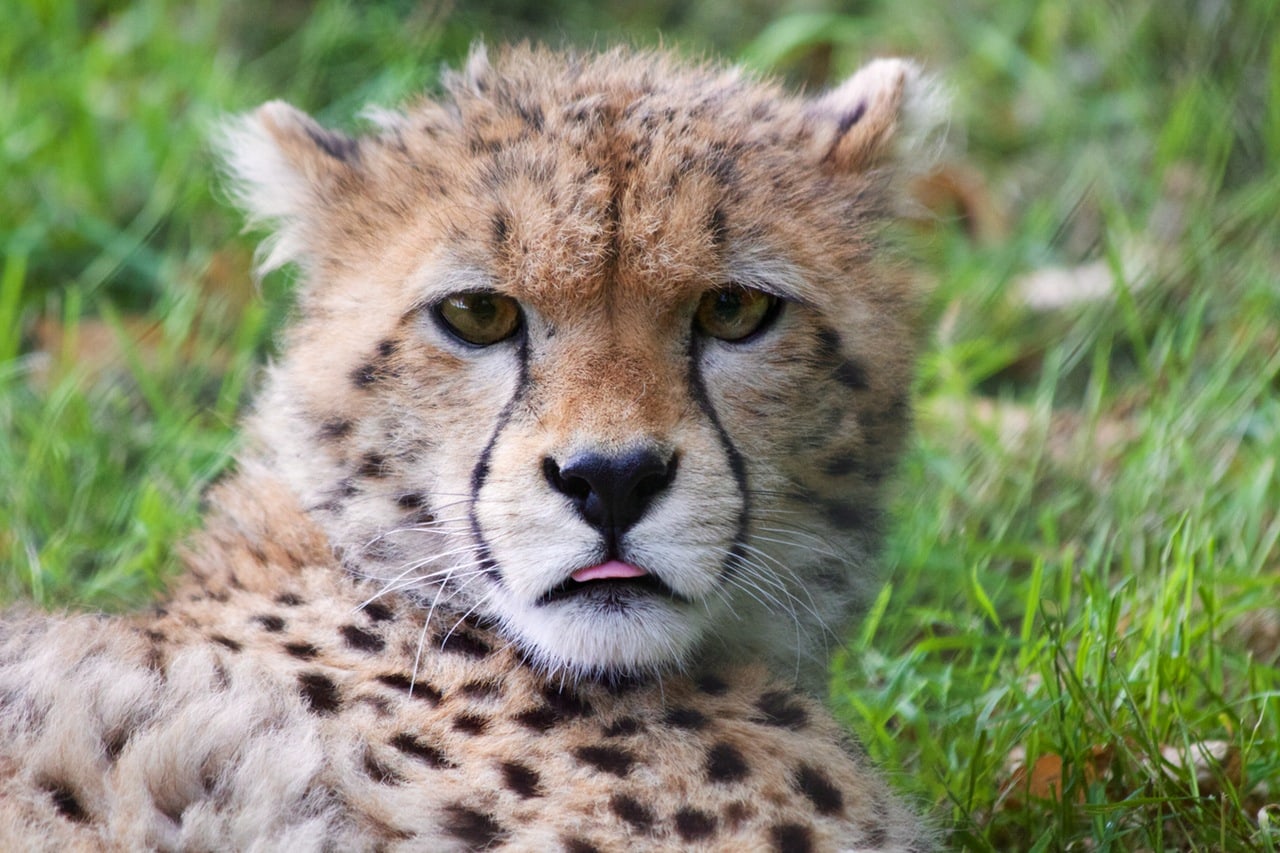
I LOVE PHOTOGRAPHING SPORTS!
My vote is one camera with a wide, fast zoom, like a 16-35mm f/2.8, and a second camera with a fast zoom with image stabilization, like the 70-200 f/2.8 IS (or VR) lens. You need the speed because you’re often going to have to use existing stadium or court lighting. The image stabilization (IS / VR) is going to pay big dividends here in assisting with sharp photos. And, assuming you have a camera with current-day high ISO capabilities, don’t be afraid to crank up the ISO! I always say it’s better to have sharp photos with a little noise (that you can at least somewhat address in post-processing) than it is to have noise-free photos that are blurry (and thus can’t be used at all)! If your sports venues are on the brighter side or always outdoors in daylight or daylight-equivalent, then a super-sweet (and fairly affordable) lens is the Canon 100-400mm.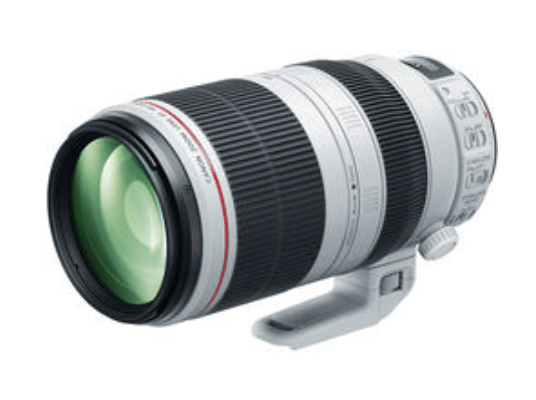 zoom, providing you can afford to shoot at f/4.5 or f/5.6 (depending on how much zoom power you’re asking for). When money isn’t an object (when is that ever really the case?) then shoot for, and get, the super-pro lenses like you see at pro sports events. Be forewarned, though, some of these lenses cost as much as a new car!
zoom, providing you can afford to shoot at f/4.5 or f/5.6 (depending on how much zoom power you’re asking for). When money isn’t an object (when is that ever really the case?) then shoot for, and get, the super-pro lenses like you see at pro sports events. Be forewarned, though, some of these lenses cost as much as a new car!
SIDE NOTE: WHAT’S THE BEST WAY TO CARRY TWO CAMERAS AT THE SAME TIME?
Read our informative blog post Finding The Best Camera Strap!
I DO A LOT OF FAMILY PHOTOS, I JUST WANT ONE LENS!
If you can only have one lens, my vote is probably for something like the Canon (Nikon and Sony have something similar) 24-105 f/4 IS. 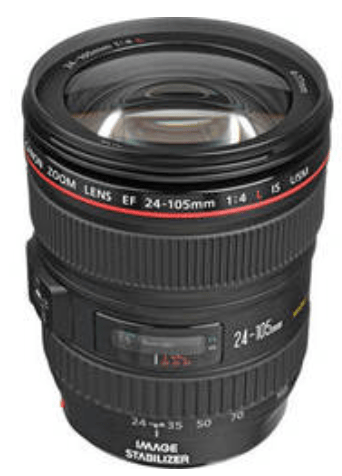 While not as fast as a f/2.8 zoom, this is perhaps as versatile of a single lens as there is. A second option, though lacking the strength at the long (telephoto) end, is the 24-70 f/2.8
While not as fast as a f/2.8 zoom, this is perhaps as versatile of a single lens as there is. A second option, though lacking the strength at the long (telephoto) end, is the 24-70 f/2.8
I PHOTOGRAPH WEDDINGS AND I’M A PRIME LENS SHOOTER!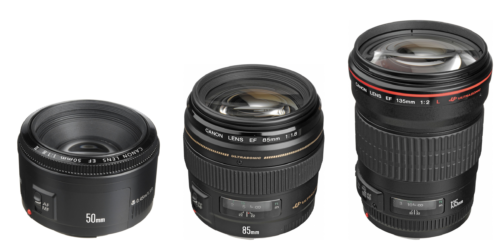
Well, first of all, we’re going to assume you have two camera bodies as a wedding shooter. You always need redundancy! If you’re a prime lens lover, then many professionals I know swear by a combination of a 35mm moderate wide angle on one camera body and a 85mm moderate telephoto on the other. These folks often shoot 95%+ of the day’s full set of images with those two lenses. In their bags there may be additional primes such as a 50mm, a macro, and a 135mm, but as mentioned these lenses wouldn’t often see all that much use.
I PHOTOGRAPH WEDDINGS AND I LOVE ZOOM LENSES!
I’ll start by saying this best describes what Liz and I like the most. Such was not always the case, but the latest versions of the (Canon brand) zoom lenses we use in our business are radically sharp, at all focal lengths, and at all apertures. We could shoot all day, if we had to, using a 24-70mm f/2.8 on one camera and a 70-200mm f/2.8 on the second. 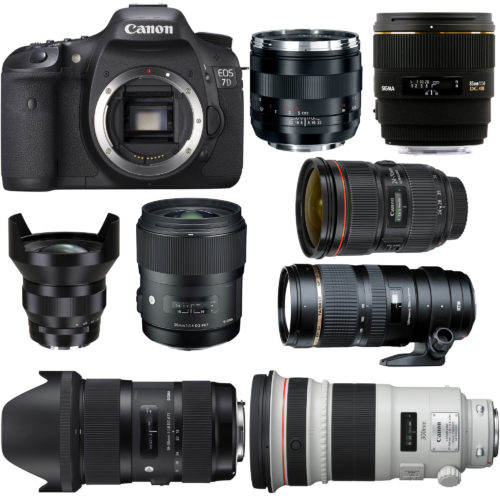 Which, together, accounts for probably over 80% of a day’s wedding shoot for us. What do we use for the other 20%? In order of use, we love 1) the 16-35mm f/2.8 (artistic environmental portraiture); 2) our 85mm f/1.2 (bridal portraits and first dance images without flash) 3) our 100mm f/2.8 macro (for rings, details, and the like); and 4) our 15mm fisheye, for overarching super-wide views of the entire ceremony site or inside churches, be they compact or expansive cathedrals.
Which, together, accounts for probably over 80% of a day’s wedding shoot for us. What do we use for the other 20%? In order of use, we love 1) the 16-35mm f/2.8 (artistic environmental portraiture); 2) our 85mm f/1.2 (bridal portraits and first dance images without flash) 3) our 100mm f/2.8 macro (for rings, details, and the like); and 4) our 15mm fisheye, for overarching super-wide views of the entire ceremony site or inside churches, be they compact or expansive cathedrals.
SIDE NOTE: WHAT DO WE CARRY IN OUR BAGS AS MAINE WEDDING PHOTOGRAPHERS?
See this informative post Wedding Photography Team | What’s in Their Bags
HEY! YOU DIDN’T MENTION ___!
If you photograph something not mentioned here, and would like our take on what we think would be the best lens in that scenario, feel free to drop us a comment and we’ll chime in with some thoughts!
